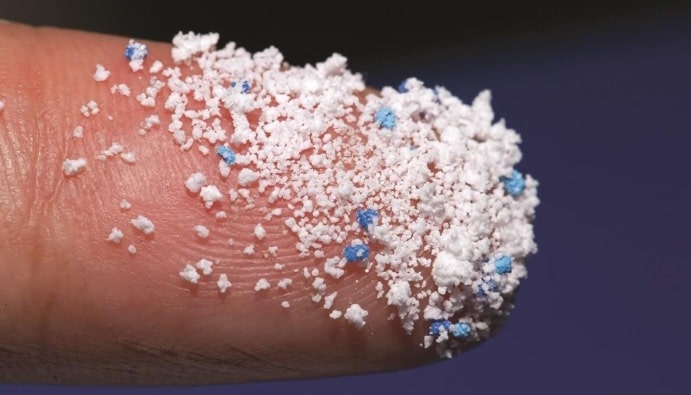
BLOG
KATEGORİDEKİ DİĞER YAZILAR

Over the last decade, microplastic debris in both marine and freshwater systems has become an emerging issue. There is a growing interest in understanding the effects of microplastics on aquatic wildlife, as their impacts are still not fully understood. Microplastics were first seen in North America in the 1970s as orbs in plankton tows off the coast of New England. Since then, microplastics have been found in most large bodies of water (oceans, seas, lakes and rivers).
Microplastics are plastic particles less than 5.0 mm in size. The lower limit (size) of microplastics has not been defined; however, it is common practice to use the mesh size (333μm or 0.33mm) of neuston nets used to collect samples. There are two main ways in which microplastics are formed and enter a water body: primary and secondary microplastics. Primary microplastics consist of manufactured raw plastic material such as unprocessed plastic pellets, washers and microbeads that enter the ocean via runoff from land. Secondary microplastic inputs occur when larger plastic materials (meso- and macro-plastics) enter a beach or ocean and undergo mechanical, photo (oxidative) and/or biological degradation. This degradation breaks down larger fragments into smaller and smaller pieces of plastic, eventually becoming undetectable to the naked eye.
Microplastics have many uses. For example, microbeads are used in personal care products such as exfoliants in facial peels. Microplastics are also used to deliver drugs in some medical applications. Also, fibers shed from synthetic clothing and rope are microplastics, as are particles used in “media blasting” processes to clean boat hulls and large machinery. Many of these microplastics, microbeads and fibers are small enough to pass through wastewater treatment plants and enter a watershed.
The effects of microplastics on wildlife are currently not well understood. However, a number of organisms, both vertebrates and invertebrates, have been found to ingest microplastics. These examples represent a large number of organisms with different feeding mechanisms, including detritivores, sediment feeders and filter feeders. Examples include scleractinian corals, mussels, fish, as well as lugworms, amphipods and barnacles.
Scientists are also concerned that organisms that ingest plastic debris may be exposed to pollutants absorbed into the plastic. Plastic debris provides a sink and a source for chemical pollutants. Additives used in plastic production can leach from plastics into the marine environment. On the other hand, hydrophobic pollutants in water can absorb plastic particles. Thus, microplastics can provide a mechanism to transport concentrated pollutants to organisms.
Nanolab Laboratories Group continues to provide services within the scope of Environmental Analysis.
Contact us for more information.
You can follow us on LinkedIn for up-to-date news and posts about our services.
Follow our Instagram account to be informed about our latest blog posts.